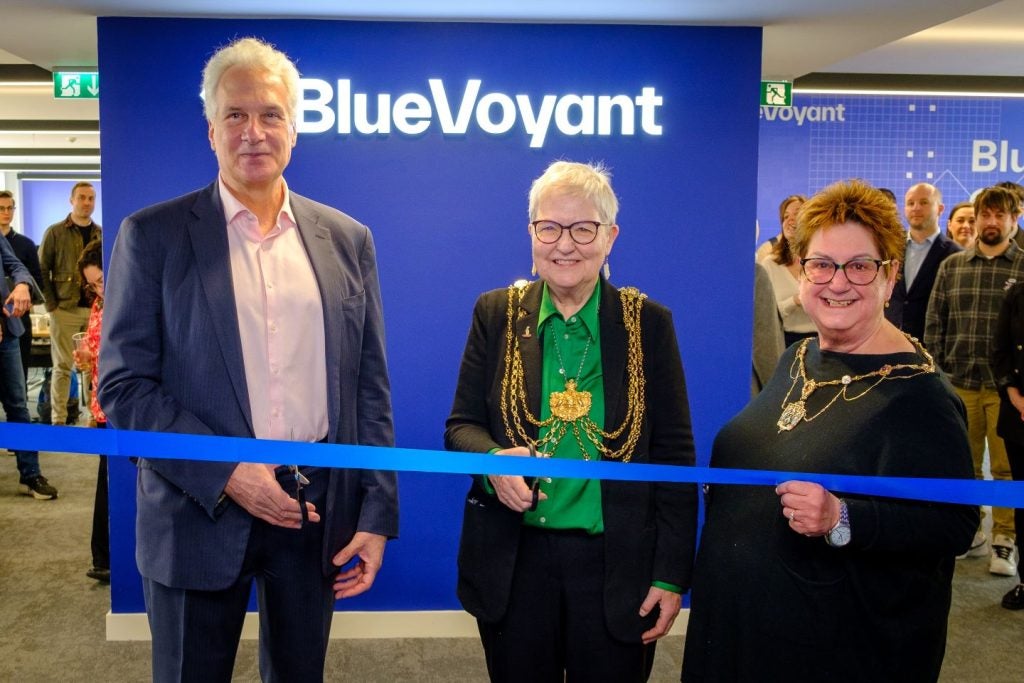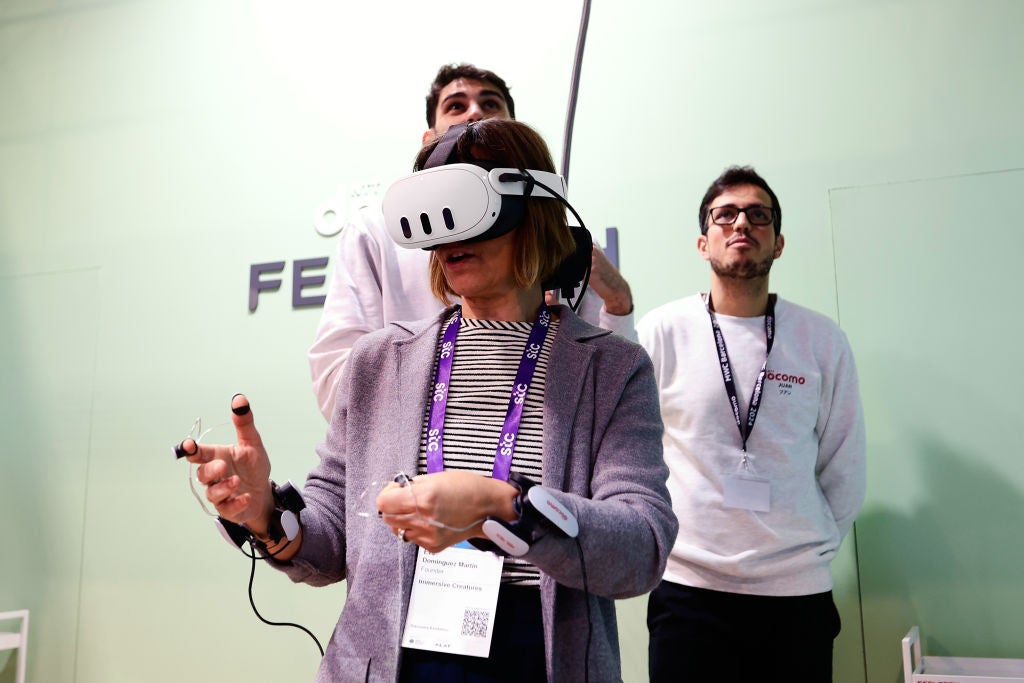
Why are mobile network operators in England and Switzerland crawling into the sewer? It’s one of many creative alternatives they’re finding to erecting new cell towers around town. And in order to enact the 5G rollout soon, operators are going to need to drastically change the ways they grow their networks in urban areas.
Operators like AT&T and Verizon have been “densifying” their networks for years by installing low-power radios at street level called “small cells”. But it’s been a slow process, as it’s hard to find sites that can be connected with fiber and power supplies, and city governments are notoriously slow to approve new installations.
Because 5G will require hundreds of thousands of new radios to be installed nationwide, something had to change.
New tactics for the 5G rollout
In September, the U.S. Federal Communications Commission approved an order aimed at streamlining small-cell installation nationwide by curbing the power of local governments to block or delay deployments. For example, the new rules would require authorities to respond to installation requests within 60 days (or 90 days in the case of a new structure). Some local governments are already mounting legal challenges to the FCC’s order, which is set to take effect in January.
Beyond the realm of lawyers, however, operators are also exploring ways to bring radios and antennas closer to customers. Vodafone UK announced in December 2018 that it would be deploying manhole cover antennas, which connect underground to fiber.
Similarly, some vendors have integrated radios inside street lamps, with the idea that this gives the operator the cabling they need while the city gets a bonus – lighting as an amenity (aiding jogging paths, inhibiting crime, etc.), perhaps partially or fully at the operator’s expense.
How well do you really know your competitors?
Access the most comprehensive Company Profiles on the market, powered by GlobalData. Save hours of research. Gain competitive edge.

Thank you!
Your download email will arrive shortly
Not ready to buy yet? Download a free sample
We are confident about the unique quality of our Company Profiles. However, we want you to make the most beneficial decision for your business, so we offer a free sample that you can download by submitting the below form
By GlobalDataMore ambitious models have operators integrating small cells into a variety of urban street furniture to combine them with other amenities that would be served by the same network connection and power supply needed for the small cells. Some common examples are bus stops featuring digital displays with maps, bus schedules, and routes — perhaps even estimated wait times until the next bus or giving public safety information during crises. In addition, sensors on these multi-purpose nodes could provide useful data to cities, including population flow and the location of citizens during emergencies, for example.
Though promising, these approaches still don’t grant quite as much agility as operators might prefer in rolling out 5G, which is why a full range of efforts – including technological innovation, regulatory reform, and good old-fashioned creativity – are needed.







